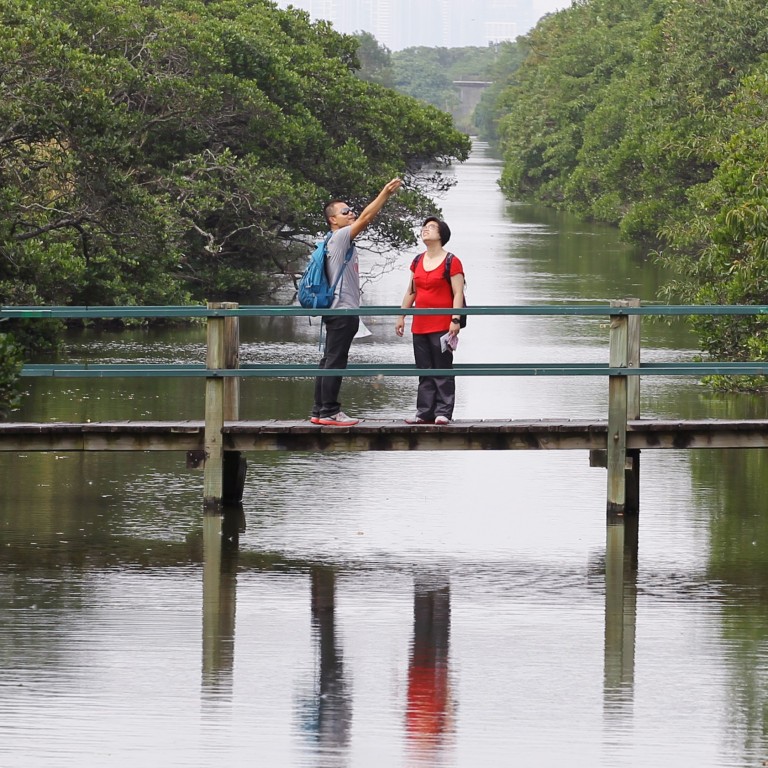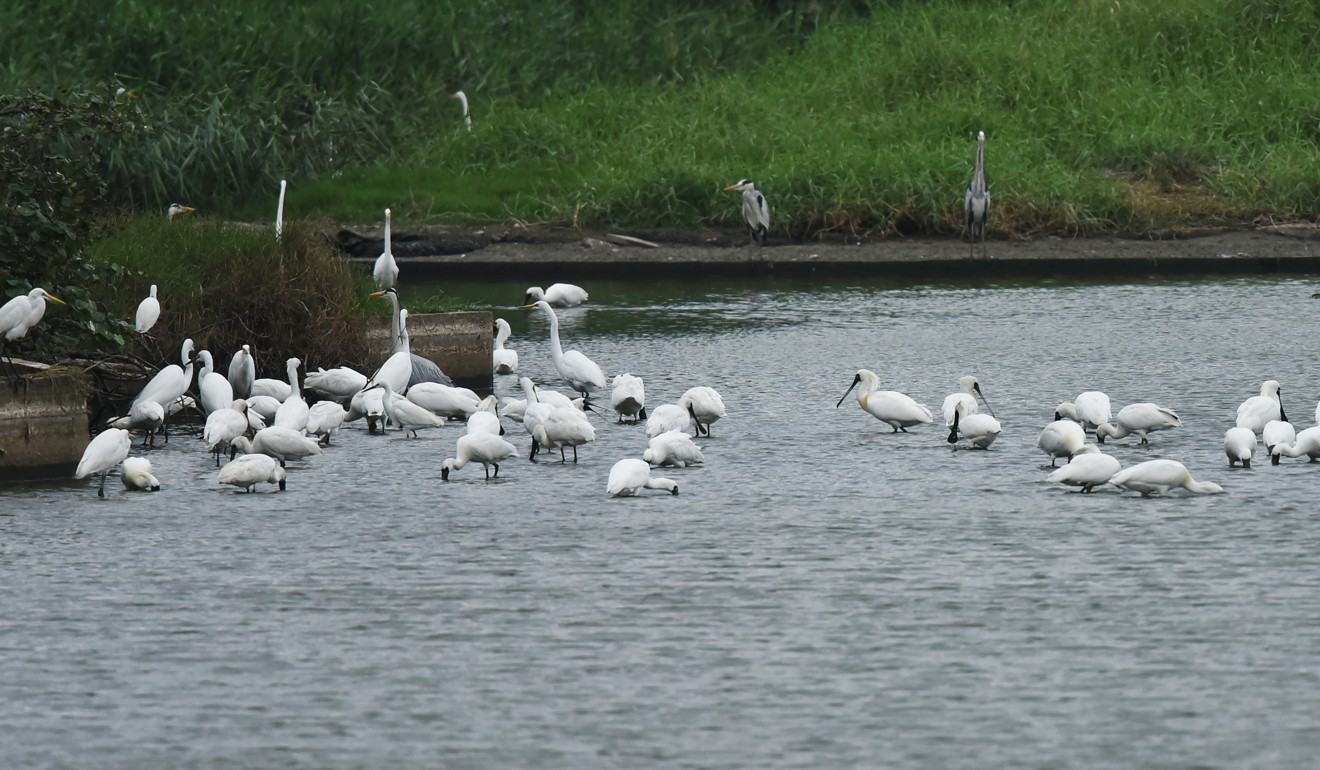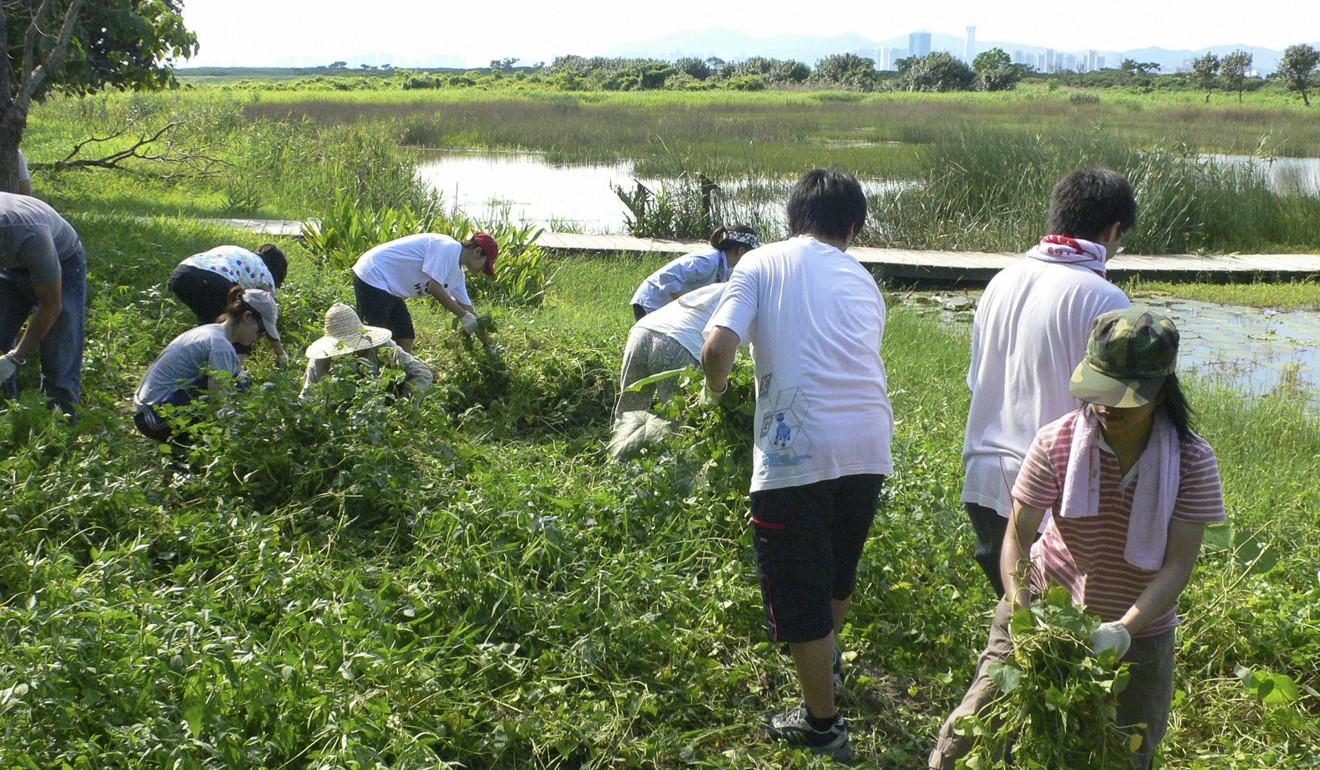
Four reasons Hong Kong businesses should be taking more interest in local bogs and birds
- Thomas Tang says apart from helping prevent climate change, wetlands can inspire product innovation, are repositories of rare plant species that could have commercial applications and offer business executives space to unwind
World Wetlands Day was celebrated earlier this month. However, not many people in Hong Kong realise that wetlands, freshwater or inter-tidal, cover about 5 per cent of our land area. Our Mai Po marshes and Inner Deep Bay area are listed as a Ramsar Site, a wetland of international importance, and are located on the fringe of the Indo-Burma Hotspot, one of the most biodiverse regions in the world.
Businesses can play a role in protecting Hong Kong’s biodiversity. Studies worldwide have highlighted the economic value of preserving natural resources, from local livelihood support to tourism income. But the intrinsic benefit lies in “shared value”, a business concept coined by Michael Porter and Mark Kramer of the Institute for Strategy and Competitiveness at Harvard Business School. They propose that a company’s competitiveness and the health of the communities and natural environment around it are mutually dependent.
At first glance, there may not seem to be any connection between wetlands and businesses. However, there are four reasons businesses should be taking an interest in Hong Kong’s marshes.

Reforestation is an option but will take decades to be effective. It is therefore in the interest of businesses to retain natural resources like wetlands, which can act as vast carbon sinks. Imagine Mai Po multiplied several thousand times over in the reaches of mighty river basins and coastal deltas across the world.
For governments to act on this initiative requires corporate support. Businesses that believe climate change will not affect them need to think twice as severe weather can bring not just direct damage to property and assets but also commercial losses due to disrupted supply chains.
Second, companies could learn a lot from nature. Biomimicry involves focusing on techniques that have evolved over centuries in nature and deploying them in modern applications. There is too much emphasis placed on technology and finding man-made solutions to our problems when often the answer is staring us in the face.
Take solar cells, for instance. The best advancements in photovoltaics can only muster a conversion efficiency of sunlight to electricity of around 25 per cent. Plants have been converting sunlight into useful biomass since the beginning of time through photosynthesis. Similarly, water-resistant materials and camouflage coatings have been developed taking a cue from duck feathers and chameleons respectively. The sources of inspiration for innovation abound in biodiverse settings like wetlands.
Third, wetlands are repositories for rare species of plants, some of which have medicinal properties. White willow, a riverine plant, is a source of salicylic acid, is used in aspirin and skin care products, while bogbean, a species that thrives at high latitudes in bogs and shallow water, is commercially approved in Germany to treat upper abdominal discomfort and loss of appetite. Labrador tea, a widespread bog bush, has many health benefits and is also a mosquito repellent. Such species are best cultivated in the wild than grown on farms. The unique conditions of wetlands allow this.

Amid the hubris of busy urban living, we need to recognise nature conservation as one of the defining characteristics of a modern yet sustainable city. Companies can play a major part in this – and the business rationale for doing so exists. If a bustling centre like Hong Kong, where commerce and trade dominates, could spend the time and effort to preserve nature and safeguard the survival and restoration of species, the powerful message it would send to the world would be that others can, too.
Dr Thomas Tang is CEO and founder of PJ Sustainability Consulting Limited. [email protected]

